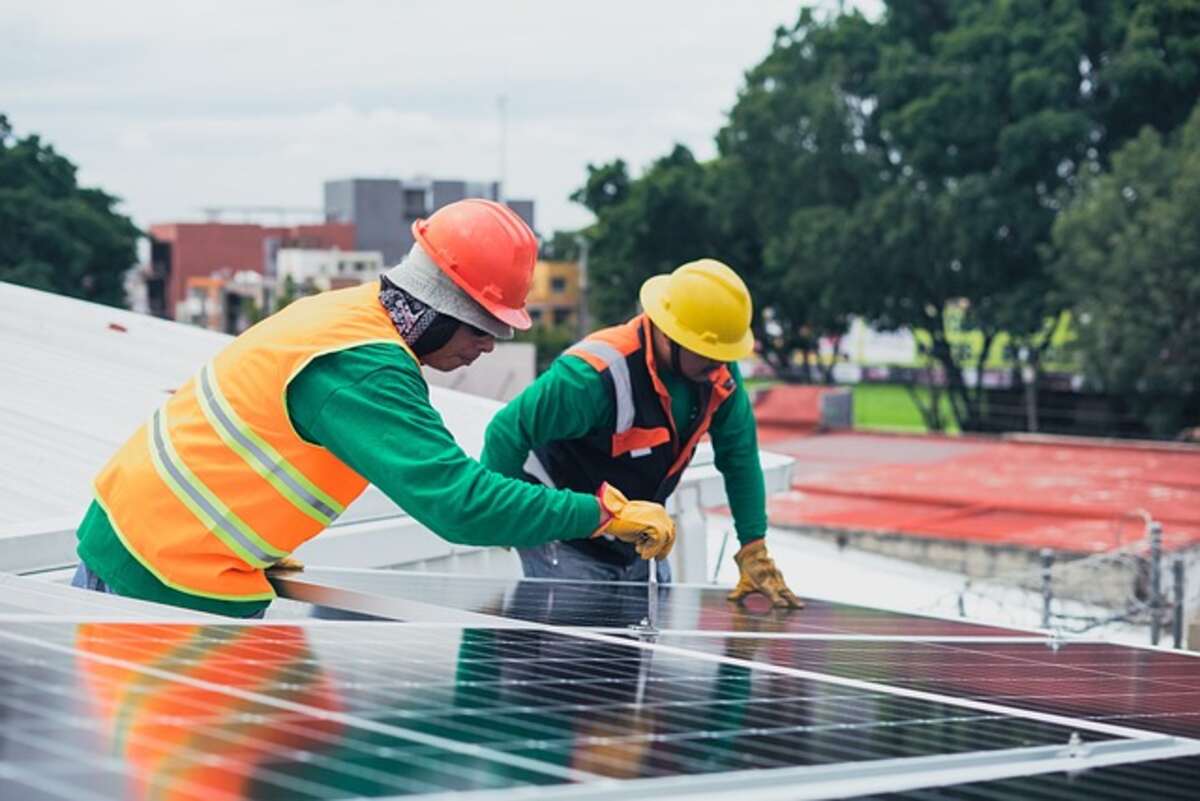Installing Solar Panels: Twelve Easy Steps
Considering solar panels, you may wonder how a conventional solar installation functions. How will we get everything done when there is so much of it? A solar system installed on your house or company is a big project; your solar contractor will handle most of the labor.
Getting in Touch with a Contractor or Installer:
You have likely heard nothing but praise for adopting a solar system. How to save money and the world’s finite natural resources for the benefit of future generations. Where do you usually go to get information? The first step is to look for a trustworthy professional solar installer. The internet is the finest resource for locating a solar installation company or contractor. Find at least two businesses to meet with you in person. Consider the installer’s experience in the renewable energy industry by inquiring about the number and types of installations they’ve handled.
Before deciding on system size, installers require access to your past 12 months’ electricity bills as part of a site assessment. In addition, they will inspect your roof to guarantee there is adequate space for the panels. What is the state of your roof, and whether or not it faces south? If there is not enough height, they should be able to provide advice on whether a ground-mounted system is a viable alternative. The installer must also consider the impact of any shading issues on the performance of your system. Shade can be cast by trees, the chimney, or even other roof features.
Promotional Software
The contractor should also inform you of applicable tax benefits and incentives during their visit to your house or business. It’s also reasonable to expect them to offer assistance with refund applications requiring incentive participation. If your contractor doesn’t give you this data, you may want to look elsewhere for your Renewable Energy installation. The contractor is responsible for briefing you on the Net Metering Law and its application.
Proposal
A detailed proposal, including the total cost of the system and the components to be installed, should be provided to you by the contractor. Any applicable tax credits and incentives should also be incorporated into this proposal.
Creating & Developing
If there isn’t enough room on your roof, the contractor should present a plan for installing the system on the ground instead. They should also give you this information when they provide the proposal.
Contract
Once you’ve settled on a contractor, they’ll likely present you with a contract. Please read everything carefully and have the contractor clarify anything you don’t understand. Knowing the agreement could save you time and money in the long run.
Purchase of Necessary Tools
Your order for equipment will be placed after the contract is signed. We’ll work with you to determine when we can ship your order and get it set up in your space. Most of your time will be spent away from the office or house. The electrician will require access to the breaker panel to install the inverter and connect it to your home’s electrical system.
Transportation of Gear
After placing an order, most warehouses and construction sites can expect to receive their equipment within 7-10 business days. All equipment is inspected to ensure it has been delivered and ready to be set up. A few days later, the installation process will begin.
Permissions Since the cost varies by municipality, the contractor is often responsible for securing and billing all necessary consents.
Installation Day
Now that installation day has arrived, workers will be on your roof installing racking (to which the panels will be bolted) and meetings. Depending on the system’s complexity, installation may be needed for two days to a week. The electrician will begin the tie-in process once the wiring is connected to the panels and dropped.
Closing Formalities
The final paperwork for rebates and tax credits can be filed when the installation is finished and inspected. The contractor should have everything you need to sign and return already completed.
I. Your Setup
Your alternative energy setup is complete. With this system in place, you can look forward to years of worry-free use and a steadily decreasing electricity expenditure.
D & R Energy Services’ primary mission is to inform the public. To acquire additional information, please go to [http://www.drenergyservices.com].
Senior Engineer Robert Craig works for D & R Energy Services in Brighton, Michigan. Robert has worked in the energy industry for over 25 years and owns two engineering degrees.
Read also: The Different Types Of Box Sash Windows And Their Advantages


